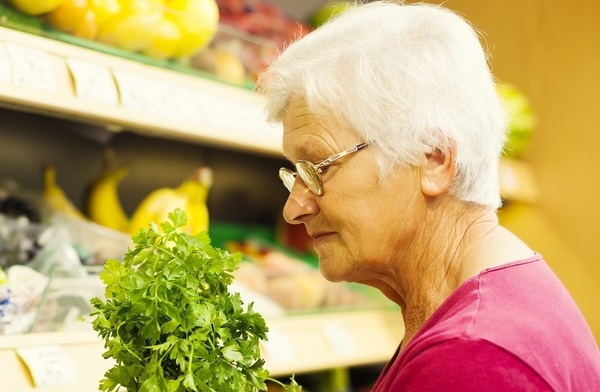Food Security of Seniors in South Bend
- Student
- Christian Cullinan
- College(s)
- School of Architecture
- Faculty Advisor
- John Onyango
- Class Year
- 2019

Secure access to sufficiently nutritious food has the potential to help alleviate the nationwide problem of obesity, hunger, and a host of other health issues, providing a greater level of community well-being. Among the populations most vulnerable to a lack of food security are seniors, who also stand to gain the most from community food environment interventions. Proper distribution of food store types in neighborhoods with seniors and low- income residents is especially important to creating an equitable and socially sustainable food environment. In South Bend, IN, disparities exist between different neighborhoods’ food security related to income, but the conditions for seniors had yet to be examined closely.
The ability to connect local, healthy food vendors with aging consumers contributes enormously to the food security of an area, so mapping the distributions of food sources and seniors can provide a critical tool for targeting food insecurity for this demographic. I analyzed different properties of census tracts at the block group level through the ArcGIS tool, which showed that some distinctly defined areas of South Bend are home to seniors that are more food insecure than other areas. This data provided a guide for where, how, and to what degree to apply interventions into the food environment based on case studies of successful examples of education programs, community gardens, and other initiatives. With the aid of Robin Vida, MPH, CHES, and the St. Joseph County Health Department, this research summarized and synthesized existing literature and representative studies on the topic of food security to distill relevant themes of food environments and senior populations.